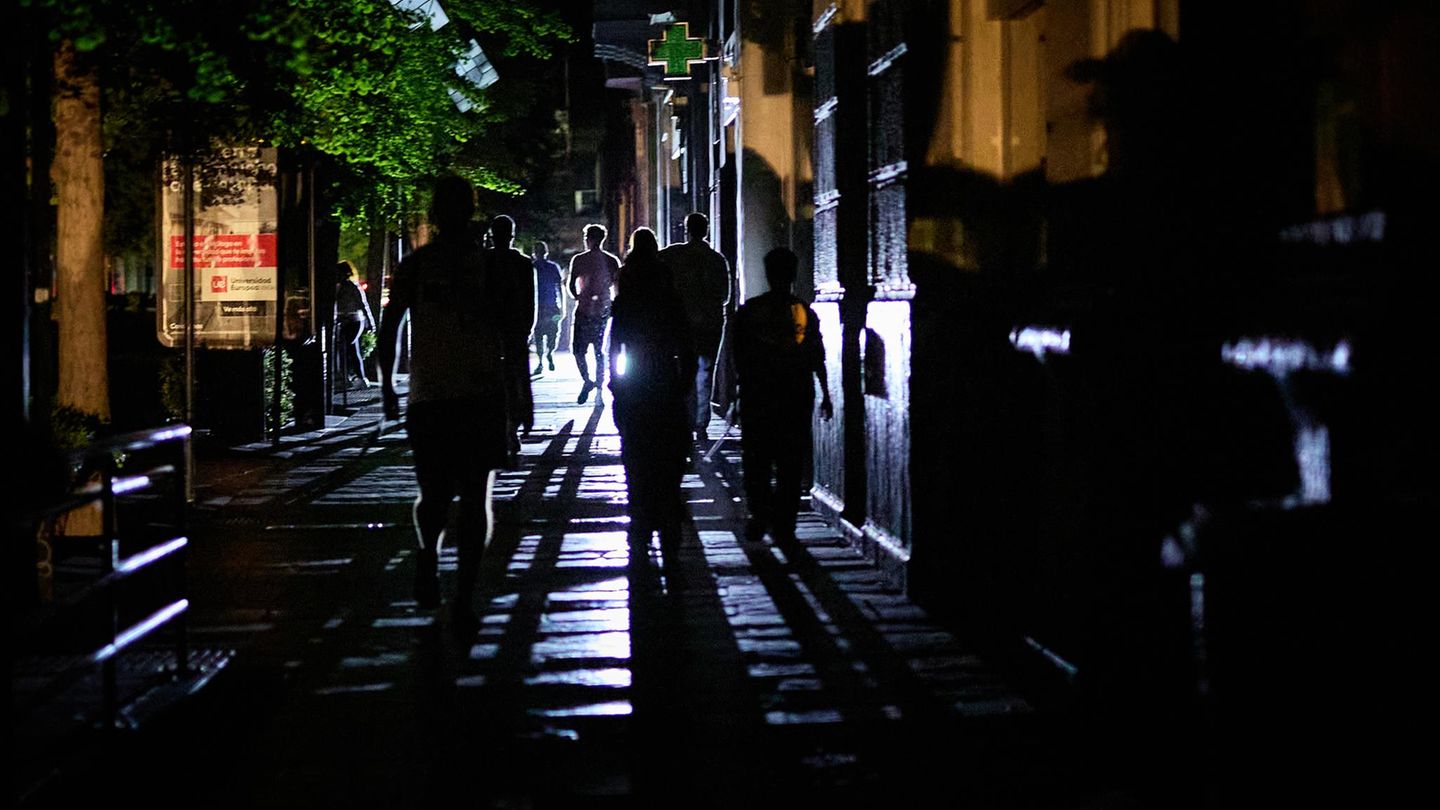It doesn’t matter whether it’s the terminus or intermediate station of a hiking tour, whether on a mountain pasture or in high alpine terrain, a mountain hut is always a worthwhile scenic destination. Many also score points in terms of architecture, cuisine or history. We present alpine pastures and shelters in Upper Austria every week in our series “Land of mountains, Land of huts”. In the following picture gallery we look beyond the horizon and take a look at 18 hut destinations worth hiking from the Ländle to the Wechselgebiet:
There must be order: 100 years of hut etiquette
“You should behave modestly in the hut and shouldn’t make any claims that can only be realized in a big city hotel, because you won’t be admitted because of your money.” This was the seventh of ten mountaineer’s mottos that were printed in the calendar of the German and Austrian Alpine Clubs in 1917. And in the next point it said: “You shouldn’t degrade the hut to a pub. Alcohol is the worst hiking companion, but the huts are there for the mountaineers to relax and the night for sleeping.”
What prompted the behavior in the alpine accommodation to be linked to certain rules? Some complained that the customs in the huts were no longer that great, on the other hand, the run towards the mountains at the end of the 19th century meant that the bourgeoisie dragged its demands on the lifestyle up with it.
Blankets instead of feather beds
On September 9, 1923, the “Tölzer Guidelines”, the forerunner of today’s hut regulations, were unanimously adopted at the general meeting of the German and Austrian Alpine Clubs. Since then, it has been the order of things to be quiet after 10 p.m. The expansion of huts and paths should be limited, new markings should be avoided and the train should land on the siding for comfort. “Duvets are gradually to be replaced by blankets” and “mechanical musical instruments such as the gramophone, orchestrion, etc. are to be removed”.
Furthermore, it was demanded that “the provisions … be reduced to the simplest level … The mountaineers are entitled to consume their own provisions free of charge without any deferral in the admission and their treatment.” The latter is still valid today, extended by the passage that members are offered a discounted “mountaineer’s meal” – and a non-alcoholic drink “that is at least 40 percent cheaper than beer in the same quantity”.
Very soon the “Tölz guidelines” were softened, and over the years their goal of slowing down smelter construction was lost. What has remained is that the refuges offer accommodation and food for all mountaineers and hikers, with mostly simple furnishings and original character. (believe)
Source: Nachrichten




